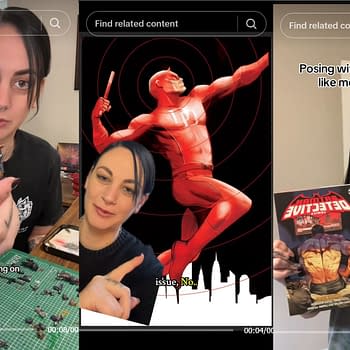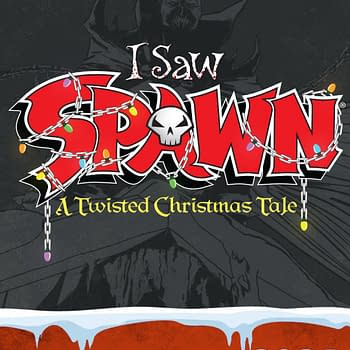Posted in: Comics, Recent Updates | Tagged: Comics, entertainment, golden age comics, idw, superheroes, Superman strips, Superman: The Golden Age Sundays 1946-1949
Golden Age Superman Strips Still Teach Us How To Make Comics
IDW recently released a new installment in their Library of American Comics series, featuring Superman in the The Golden Age Sundays, 1946-1949. Seeing it brought to mind my first encounter with early Superman comics through DC Comics collections, and what I found then, not having previously been a historian of early Supe comics, was quite surprising. I was aware that I was actually unable to view this caped guy as the same Superman I was familiar with through recent comics, and I was really pleased that was the case. I had been concerned that I would bring all my previous expectation to the reading and it would cloud my appreciation of the comics and what they meant to superhero history. Instead, I found a very fresh character, a stranger who spoke and acted in enigmatic ways, and I think, at least in a small way, I experienced the absolute shock of seeing a man fly that readers must have been swept up by when they first encountered him.

This volume actually include 18 fully composed plot arcs, gathered together so that in modern-day parlance, you can "binge-read" them instead of reading them in the short segments the original audience would have had to wait for. I'm guessing kids back then tried to keep the previous week's strip (or all of them) to remind them what was coming up next. This edition actually cites the exact strip number and date of original publication at the bottom of each page, an excellent thing for comics scholars and students, or even just to keep the reader historically-minded.

But there's plenty of other strangeness in this volume: we have travels in time and space, detective work at hand, Cleopatra making a cameo, other ancient civilizations, and even a talking dog. Nothing is off-limits in these early strips, that's clear. And that is an excellent, salient reminder to comics makers and comics readers today. There is no "one way" to create superhero comics, or any other genre of comics for that matter. The proof is in the pudding. Is it good art? Is it entertaining? Does it make good use of the conventions of the form?

You can find out more about this edition of Superman comics here at IDW.















